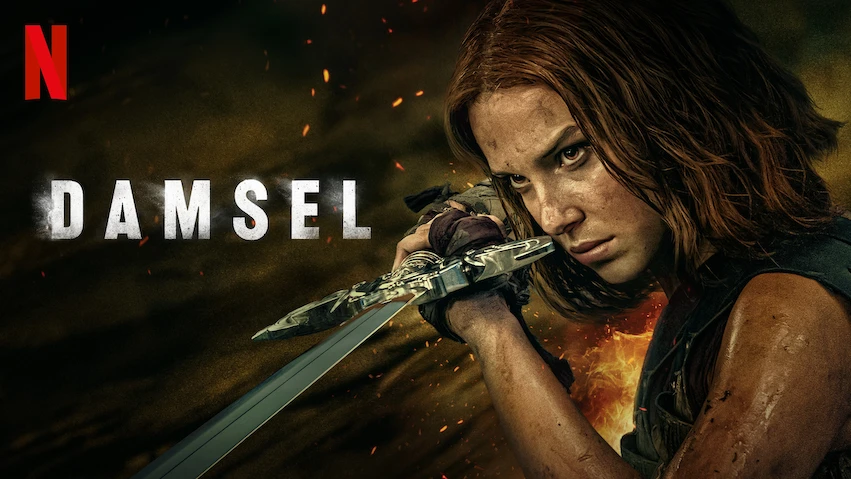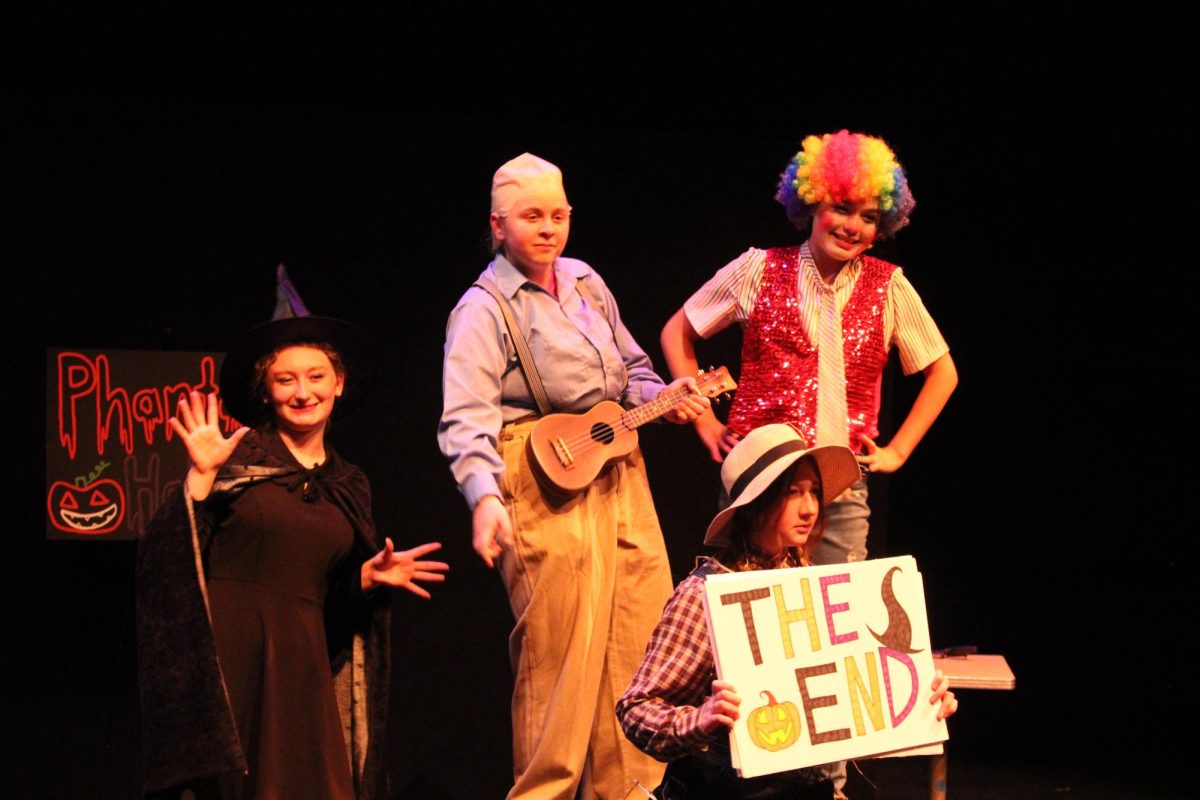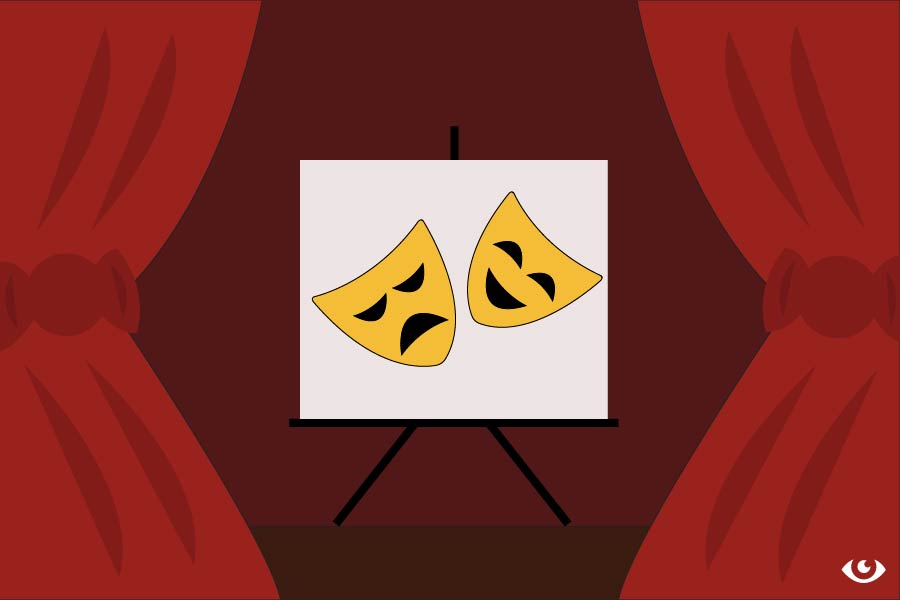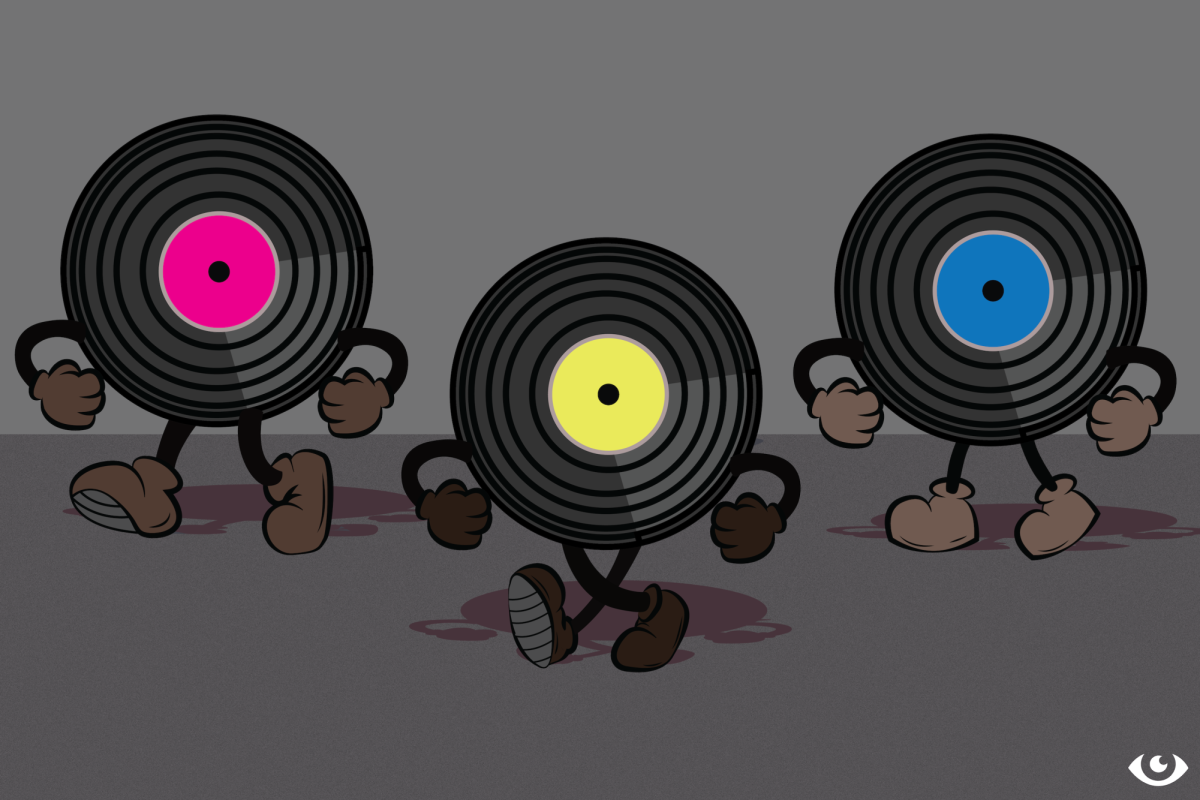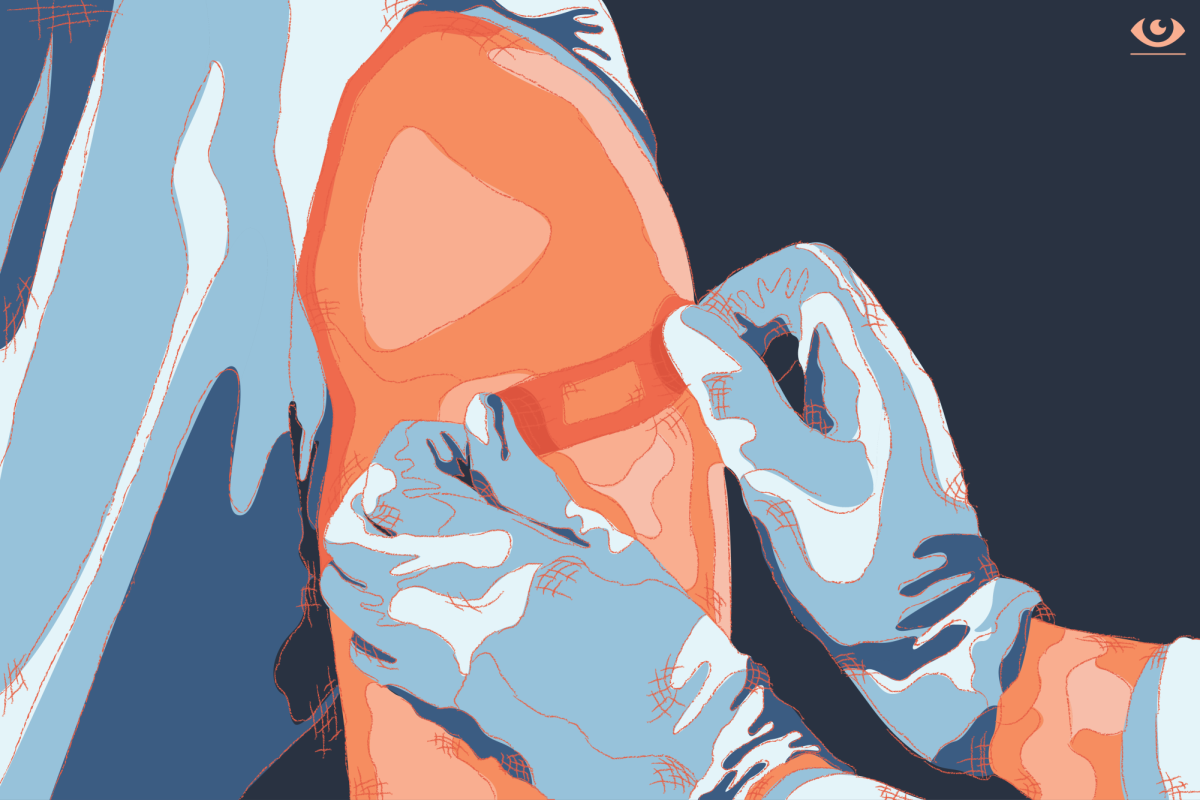Damsel, Netflix’s newest film starring Millie Bobbie Brown, aims to subvert the “damsel in distress” stereotype characteristic of the medieval fantasy genre. In this story, no knight in shining armor emerges to save the day for Princess Elodie, played by Brown.
Unfortunately, the film falls flat.
Damsel struggles to establish any plot direction. The opening scenes of the movie lean heavily into the stereotypical princess tale. For the purposes of Damsel, it’s essential that the filmmakers play off this narrative if they wish to flip it upside down.
But in Damsel, it’s relied on too much, leaving the first third of the movie unoriginal, predictable and boring. A young princess is sent to a faraway land to marry a man she’s never met, a stepmother stands in the way of her stepdaughter’s success, a member of the royal family has spent their life sheltered from the world.
Just as the conflict of the story is introduced, and Elodie is betrayed by the royal family and her new husband—presenting countless new complexities in terms of political dynamics and ushering in the inversion of traditional cliches—the plot takes a break.
Cue epic action sequence of Elodie escaping a dragon hidden beneath the mountains. The first five minutes of this sequence are thrilling, leaning heavily on elements of horror and action to create a true aura of fear around the dragon.
Surely, after a five minute action sequence we can return to the plot!
Nope.
Twenty five more minutes pass before Elodie gets away from the dragon. Twenty. Five. More. Minutes. In the middle of an approximately one hour and forty minute long film lies a thirty minute dragon escape sequence. This distraction completely interrupts the flow of the story, and by the time it’s over, viewers have probably forgotten that there was ever a plot in the first place.
The film completely fails to get back on track after this point. A series of twists regarding world’s history and the nature of Elodie’s marriage unravel, but the plot has been so lost by this point that there’s no weight to these twists.
In spite of these plot failures, it should be acknowledged that the world of Damsel is beautiful. It’s full of vivid colors, gorgeous landscapes and bright costumes. The first thirty minutes of the film introduce a world that is begging to be explored, and this introduces what may be Damsel’s greatest flaw: Why spend so much time creating a world full of history and beauty if you’re not going to use any of it?
Over half the film has been spent in a dark cave, leaving the audience waiting (in vain) to get back to the colorful world introduced at the beginning. But once Elodie escapes the cave, almost all of the scenes in the final stretch of the film are reused. We return to the same spot where Elodie was betrayed by the royal family, we return to the cave where thirty minutes of runtime has already been spent, and we even go back to the same altar where Elodie and Prince Henry got married.
There’s no issue with a fantasy movie that lacks exploration, especially one that’s aiming to subvert the traditional elements of the genre. The problem is that Damsel sets the expectation of adventure and exploration but fails to deliver.
It must also be acknowledged that by the time Elodie escapes the cave, we’ve seen no character development in her. The entire premise of the film revolves around the evolution of her character – a damsel in distress who must become her own knight in shining armor – but with only forty minutes left, that transformation still hasn’t begun.
When Elodie discovers that her sister, Floria, has been sent to the dragon in her place, Elodie makes an entirely unrewarding transformation into the promised hero of the film. Rather than a gradual development from damsel to hero, it just…happens.
Eventually, the dragon and Elodie fight, and for some reason Elodie wins…but she doesn’t kill it. She speaks to the dragon and convinces it that she wants to help it and together, they can get vengeance on the royal family.
Elodie strolls back into the same spot where she and Henry once got married to find him…already marrying someone else.
Just a couple minutes before this point, Elodie dramatically cut her hair and turned into medieval Lara Croft. But now as she’s standing over the royal family, she strikes more as Season Eight Daenerys Targaryen. Her demeanor and actions feel entirely incongruent with the character observed throughout the film. It’s unclear if all of the nobles knew about the royal plot that nearly got Elodie and her sister killed, but the final image of Elodie strutting away from a burning castle makes it seem as if she’s just murdered every single innocent person in the kingdom, which makes no sense for her character.
And then she rides off into the sunset with her family and the dragon. Literally. When the captain of the ship asks her where they’re headed to , she responds with “home,” and the film ends. If only this description of the ending was dishonest. It’s not.
Damsel completely fails to fulfill its goal to subvert the narrative of the damsel in distress, and ultimately, it’s not worth wasting your time watching.





